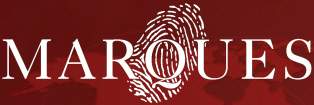|
A Trade Mark is a sign that may help to distinguish goods or
services of one company from those of other companies. This is more or less
the standard definition of a Trade Mark as used in the legal field. Other
fields of science or business will use other definitions of what constitutes
a Trade Mark.
The two key words in the legal
definition of a Trade Mark are probably ‘sign’ and ‘distinguish’. A sign can
be much more than one may expect. The most obvious signs or Trade Mark are
words. Word marks can consist either of an existing term or a coined word.
Other common marks are logos (or ‘device marks’) or a combination of one or
more words and an image.
Other signs may also help very
well to distinguish certain products from others. The label on a product,
the colours and shape of the product or of its packaging and combinations of
these may also fulfil this role. There are also less evident signs that may
also function as Trade Marks like sounds or smells. The definition is not
exhaustive. Again, basically any sign may be regarded as a Trade Mark as long
as it fulfils its distinctive role.
The other essential word is to
‘distinguish’. Not all signs are able to distinguish goods (or services) for
various reasons. Words may describe the product itself or certain qualities
or features for a product. In that case, such a word can by definition, not
at the same time distinguish certain of those products from the same
products from another company.
Other words were originally
distinctive signs/Trade Marks but have become generic as a consequence of
generic use of it. There are signs that are so commonly used that the public
cannot distinguish goods from other goods, so they are simply
non-distinctive.
|




